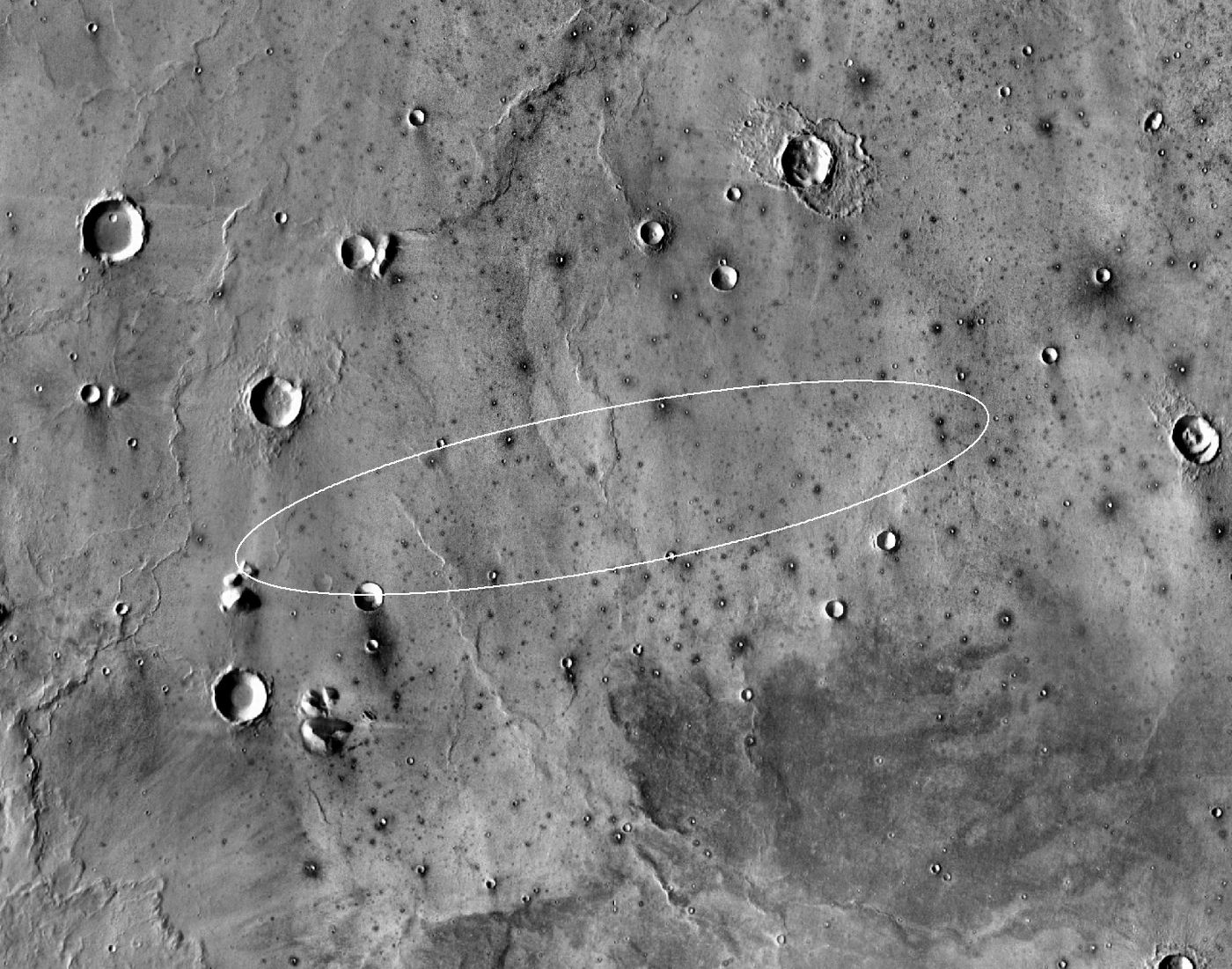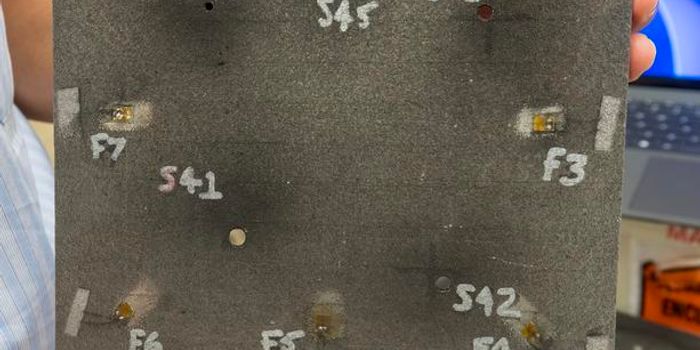Here's Where NASA Will Land its Martian InSight Mission Later This Month
In May, an Atlas V rocket blasted off from California’s Vandenberg Air Force Base and lofted NASA’s InSight mission into space so that it could travel to Mars and analyze the planet’s internal activity for science. The InSight spacecraft reached the halfway mark in August, and it’s now closing in on its target; it’s expected to land on Mars by November 26th.
InSight isn’t a rover like Curiosity, so it will be stuck wherever its three legs touch down. With that in mind, NASA has been somewhat particular about where InSight will land because the space agency wants to mitigate potential landing flukes and maximize scientific data collection.
Image Credit: NASA/JPL-Caltech
"Picking a good landing site on Mars is a lot like picking a good home: It's all about location, location, location," explained Tom Hoffman, NASA’s InSight project manager. "And for the first time ever, the evaluation for a Mars landing site had to consider what lay below the surface of Mars. We needed not just a safe place to land, but also a workspace that's penetrable by our 16-foot-long (5-meter) heat-flow probe."
Related: Initial tests in space show that InSight's onboard equipment is functioning properly
Given InSight’s lander-esque configuration and the line of work that it would be pursuing, the spacecraft required a flat landing site that would receive plenty of heat and sunlight to power the probe’s solar array year-round. Furthermore, it had to be free of obstructions so InSight could stretch out its instruments without hindrance.
Three locations, including Elysium Planitia, Isidis Planitia, and Valles Marineris met these requirements, but surface images snapped by NASA’s Mars Reconnaissance Orbiter (MRO) made the choice blatantly clear.
Mission scientists ultimately decided that Elysium Planitia, an area 81 miles long by 17 miles wide, would make the best landing site. This plain region on Mars’ surface is right near the equator, which offers plenty of sunlight for solar arrays; but it’s also incredibly flat, which provides the ideal operating environment for InSight to do its thing.
"If Elysium Planitia were a salad, it would consist of romaine lettuce and kale – no dressing," said InSight principal investigator Bruce Banerdt of NASA while describing the plainness of the spacecraft’s landing site. "If it were an ice cream, it would be vanilla."
Related: Watch the footage from the InSight launch in May
Image Credit: NASA
Elysium Planitia wasn’t riddled with rocks and boulders like Isidis Planitia and Valles Marineris were, and it’s not quite as windy either; this means InSight can land, deploy its solar arrays, and extend its scientific instruments without enduring as many risks as in other locations.
When InSight lands, it will study three primary characteristics of Mars to help scientists better understand how rocky planets formed in our solar system. Among those, an advanced onboard seismometer will measure seismic waves, a deep-burrowing drill will probe the sub-surface to measure internal temperature, and built-in radios will analyze orbital wobble.
It should be interesting to see how the InSight mission will change our view of Mars and whether it will help scientists unfurl the mystery surrounding the formation of rocky planets.
Source: NASA










